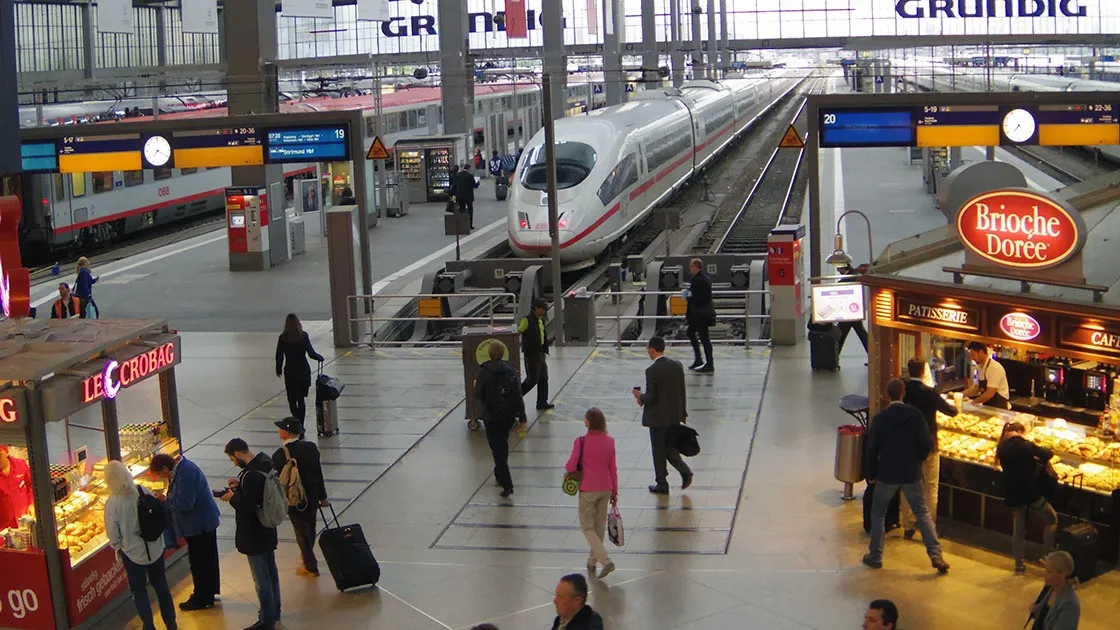Building on more than two decades of above-ground video detection experience, Econolite and Image Sensing Systems have introduced the Autoscope Vision detection solution, which delivers stop bar vehicle and bicycle detection, advance vehicle detection, bicycle differentiation, traffic data collection and HD video surveillance. Vision setup is simple and quick, and can be accomplished over the built-in local wi-fi, which can also support streaming video.
Employing newly-developed, full-field-of-view objec
August 11, 2016
Read time: 2 mins
Building on more than two decades of above-ground video detection experience, 1763 Econolite and 6626 Image Sensing Systems have introduced the Autoscope Vision detection solution, which delivers stop bar vehicle and bicycle detection, advance vehicle detection, bicycle differentiation, traffic data collection and HD video surveillance. Vision setup is simple and quick, and can be accomplished over the built-in local wi-fi, which can also support streaming video.
Employing newly-developed, full-field-of-view object-feature tracking, Autoscope Vision is designed to support current and future traffic control and ITS, data analytics and smart city applications. The ability to perform stop bar and advance detection with a single video sensor makes the system cost-effective.
The Vision system requires a single IP address to facilitate reliable communication between its sensors and local or remote workstations, while a built-in DHCP server makes laptop connection straightforward. Vision sensors provide HD, wide dynamic range colour streaming video in quad or single camera display modes.
The system utilises Autoscope’s ‘three-wires-only’ cabling, which simplifies cabinet integration and enables rapid field deployment. The interface to the traffic controller requires no detector rack space when using the built-in NEMA TS2 SDLC interface. Vision’s user interface provides quick, intuitive programming and management of all ITS features. Configuring a full four-approach, eight-phase intersection can be accomplished in just minutes.
Employing newly-developed, full-field-of-view object-feature tracking, Autoscope Vision is designed to support current and future traffic control and ITS, data analytics and smart city applications. The ability to perform stop bar and advance detection with a single video sensor makes the system cost-effective.
The Vision system requires a single IP address to facilitate reliable communication between its sensors and local or remote workstations, while a built-in DHCP server makes laptop connection straightforward. Vision sensors provide HD, wide dynamic range colour streaming video in quad or single camera display modes.
The system utilises Autoscope’s ‘three-wires-only’ cabling, which simplifies cabinet integration and enables rapid field deployment. The interface to the traffic controller requires no detector rack space when using the built-in NEMA TS2 SDLC interface. Vision’s user interface provides quick, intuitive programming and management of all ITS features. Configuring a full four-approach, eight-phase intersection can be accomplished in just minutes.









